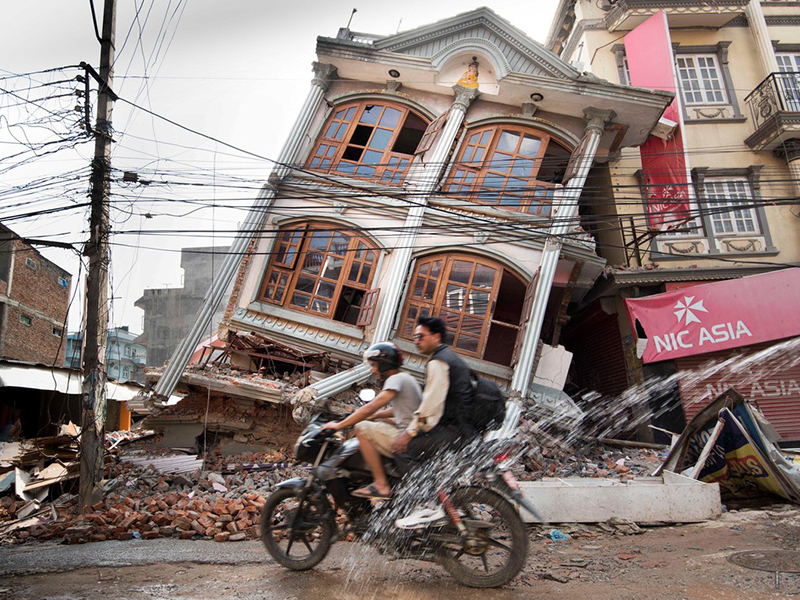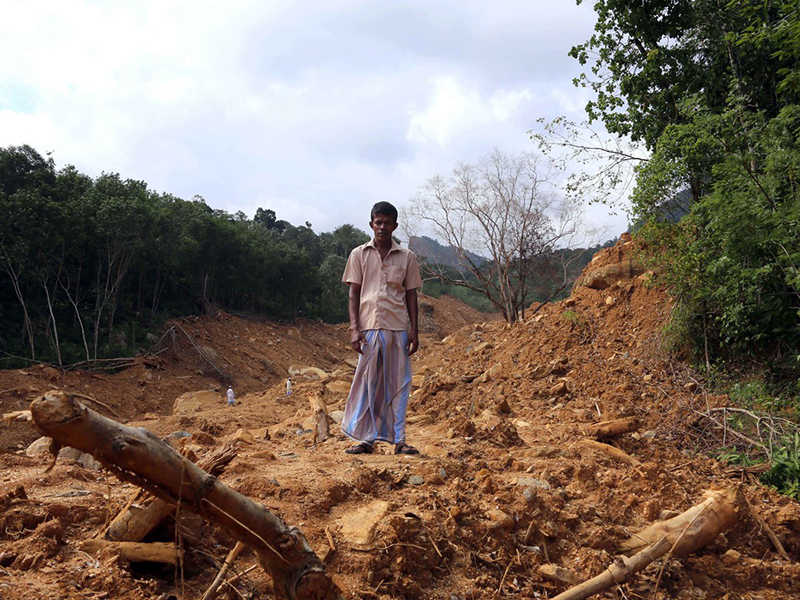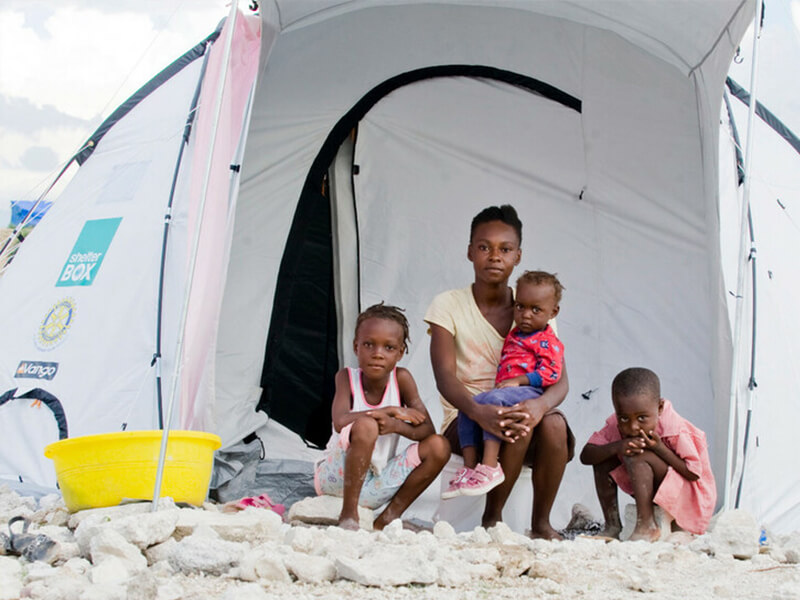Wildfires
Wildfires burn millions of acres of land every year. Find out more about what they are, their connection with climate change.
Earthquakes occur across the world every day. We don’t hear about all of them, because most of them are too small to cause any damage.
However, powerful earthquakes can hit hard and claim thousands of lives. A high annual death toll often results from major earthquakes and subsequent tsunamis and other related disasters.
Find out everything you need to know about earthquakes and landslides here.
To understand what causes an earthquake, it’s important to know what tectonic plates are and how they work.
Tectonic plates cover the surface of the earth. They are slow-moving, but they get stuck at their edges due to friction. When the stress on the edge overcomes the friction, there is an earthquake that releases energy in waves that travel through the earth’s crust and cause the shaking that we feel.
The point underground where the force is created is called the focus. As the strength of the force varies, so do the scale of the earthquakes. This explains why some earthquakes are a lot more damaging than others.
An earthquake can trigger secondary hazards or disasters, that sometimes cause far more harm than the actual earthquake. Landslides, tsunamis and flooding can often cause devastation across areas impacted by an earthquake.

An earthquake, depending on how powerful it is, can be a scary or even traumatic event for a person to experience. These are some of the impacts that an earthquake can have.
Aftershocks
Aftershocks are smaller earthquakes that happen after the largest shock of an earthquake sequence. Aftershocks can continue over a period of weeks, months, or years. Most commonly, powerful mainshocks are followed by larger, longer and more numerous aftershocks.
Liquefaction
Liquefaction is a physical process that can lead to ground failure. Liquefaction causes clay-free soil deposits, like sands and silts, to temporarily lose their ‘solid’ strength and behave as thick fluids rather than as solids. The effect is very much like when you wiggle your toes in the sand close to the water.
Tsunamis
A tsunami is a series of giant waves caused by earthquakes or undersea volcanic eruptions.
It sends a surge of water onto land, often reaching heights of over 100 feet. Although tsunami waves do not reach great heights out in the depths of the ocean, as they enter shallower water they begin to grow in energy and height.
Tsunami waves can tear across the sea at speeds of 500 miles an hour. The speed is determined by the depth of the ocean – traveling as fast as a jet plane over deep waters and slowing down when reaching shallow waters.
Landslides
A landslide can be described as the movement of a mass of rock, debris, or earth down a slope. Keep scrolling to find out more about landslides.
Landslides are movements of mass of rock, debris or earth down a slope. They are often triggered in slopes already on the verge of movement.
Earthquakes often cause damaging landslides, but other causes can be flooding, rainfall, snowmelt, changes in water level, stream erosion, changes in groundwater, volcanic activity, or disturbance by human activities.
Earthquake shaking and other factors can also induce landslides underwater. These landslides are called submarine landslides. These sometimes cause tsunamis that damage coastal areas.
Near populated areas, landslides are a major threat to people and property. In 2016, severe flooding in Sri Lanka caused major landslides, killing over 100 people and leaving thousands homeless. ShelterBox responded to the disaster, providing tents and other emergency aid items to badly-affected communities.

Where do landslides occur?
Landslides can occur anywhere. Areas most prone to landslides include steep terrain, land previously destroyed by wildfires, land that has been modified by human activity.
For example deforestation or construction, areas along rivers or streams, or any areas where surface runoff is directed, or land is heavily saturated. (source: WHO)
We have responded many times to major earthquakes and tsunamis. Here are some examples:

Wildfires burn millions of acres of land every year. Find out more about what they are, their connection with climate change.
Find out more about what hurricanes are, the difference between hurricanes, typhoons and cyclones, and other interesting facts.
Tsunamis, earthquakes, hurricanes, floods, volcanoes, hurricanes – everything you need to know about disasters.